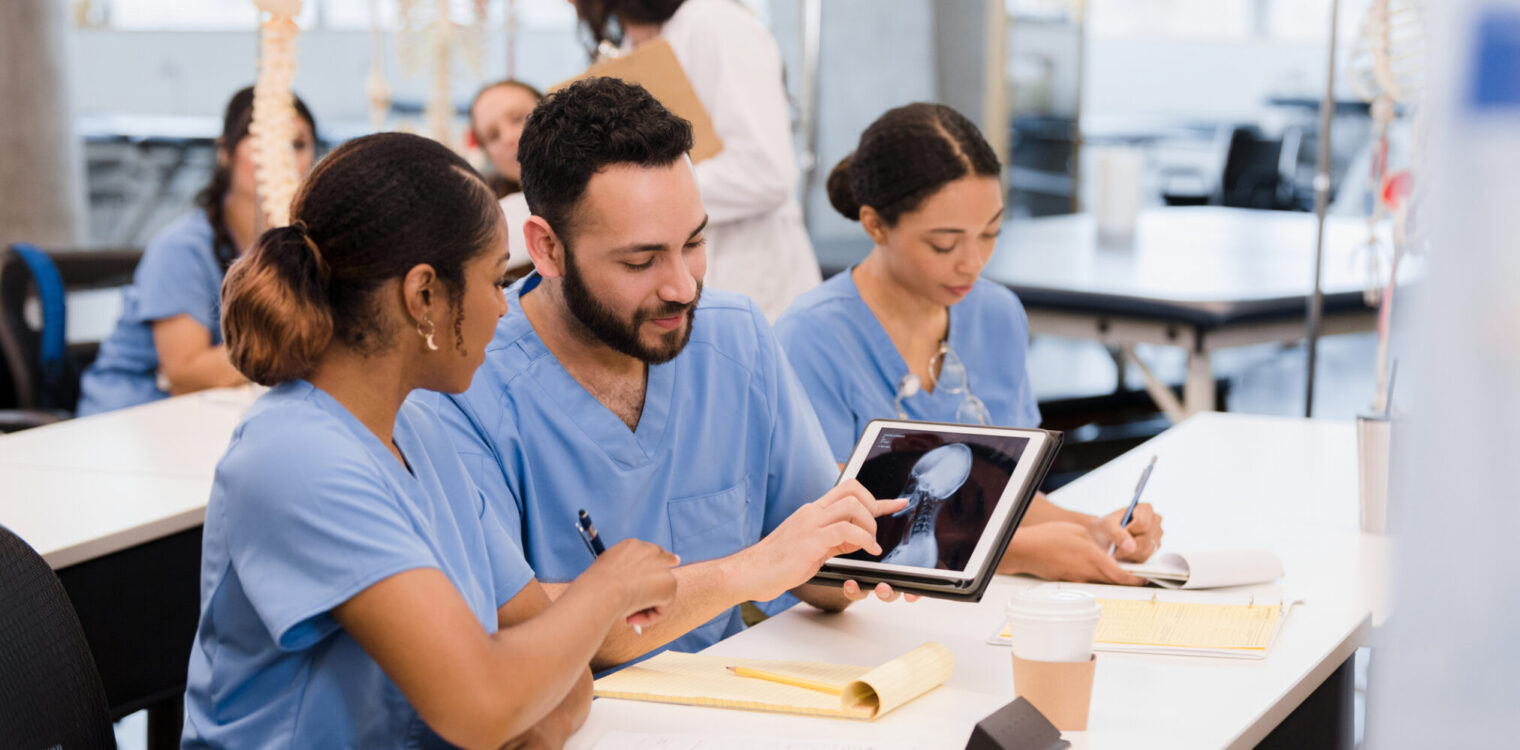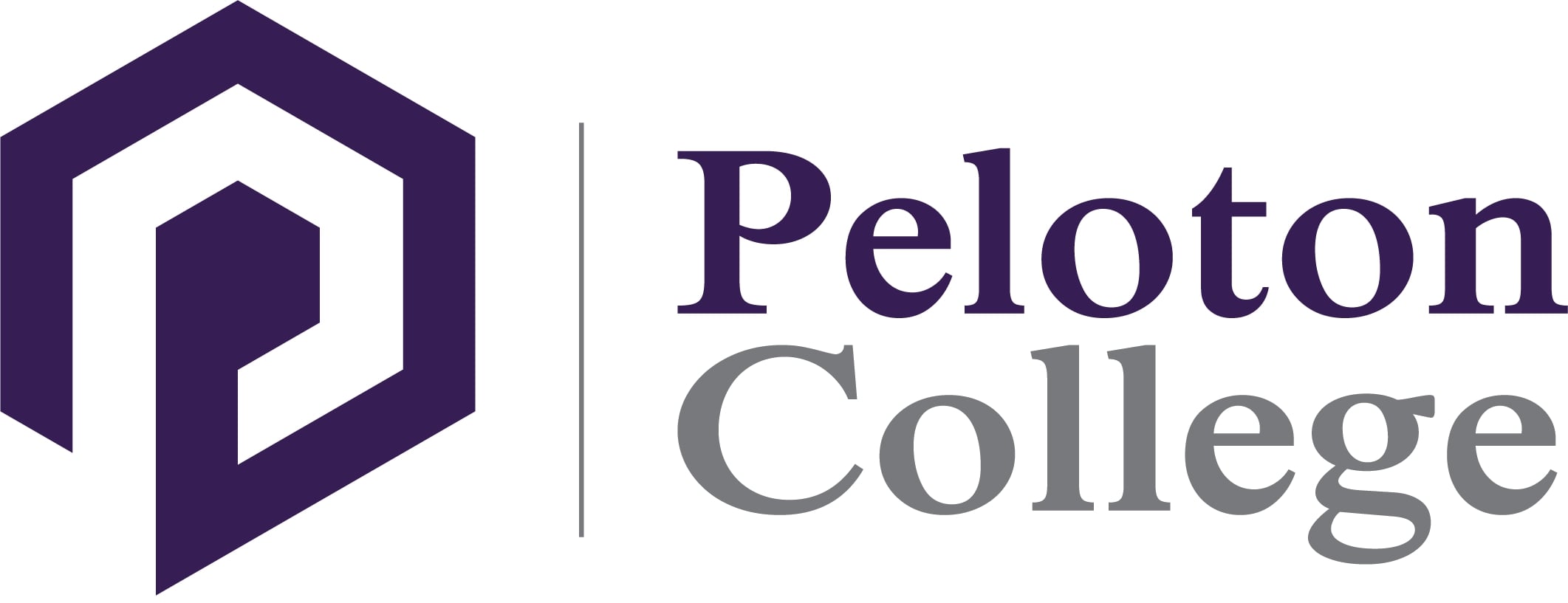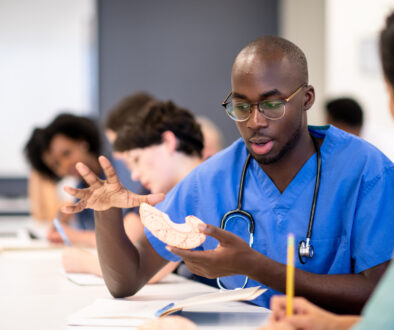Why is Anatomy Important for Medical Assistants?

Anatomy is the study of the human body and one of the first classes you’ll take in a medical assisting program. It’s a foundational course upon which the curriculum rests. The bedrock of medical practice, the more medical assistants know about anatomy, the better they can support patients. It’s integral to their work.
What Does a Medical Assistant Do?
Medical assistants manage clinical and administrative tasks in healthcare settings like doctor’s offices, hospitals, clinics, and other medical facilities. Jacks-of-all-trades, they keep things running efficiently. Responsibilities include:
Scheduling
Medical assistants work with front-office colleagues to handle the schedule. Office assistants manage the routine scheduling, but medical assistants take the most urgent calls. Working together, they maximize the doctor’s time.
Rooming Patients
Medical assistants bring patients to treatment rooms, completing technical tasks before the doctor arrives. They update medical records, collect biological samples, take vital signs, and help the patient change for physical exams.
Stocking Exam Rooms
No one knows better what doctors need than medical assistants. Between visits, they keep exam rooms fully stocked with critical supplies.
Performing Diagnostic Tests
Most private practices offer routine diagnostic tests performed by medical assistants. Technical but not complicated, examples include pregnancy screens, electrocardiograms, pacemaker checks and fetal heartbeat monitoring.
Drawing Blood
Blood tests are part of many exams. Results help doctors diagnose diseases, monitor the effects of treatments, and calculate high-risk medication dosages.
You’ll learn everything you need to know to draw blood in an office setting from how to assess patients and select equipment to how to process and ship samples. Drawing blood, or phlebotomy, is one of a medical assistant’s most helpful and sought-after skills.
Assisting with Surgical Procedures
Medical assistants support doctors and patients during minor surgical procedures. They set up the equipment, prepare the tools, pass instruments, and provide aftercare. A hand to hold, they’re a source of emotional comfort for patients.
Infection Control
Medical assistants limit the spread of contagious diseases through strict infection control measures. Taking the lead, they screen patients for symptoms, sanitize exam rooms, disinfect equipment, sterilize instruments, and take other precautions that keep patients and peers safe.
Billing and Coding
In most settings, a medical assistant’s role is more clinical than clerical. Still, they’re trained in billing. In large practices, billing specialists or third-party billing agencies typically deal with invoices. However, in a clinic or small private practice, medical assistants may have more of a role, helping with invoices, filling out insurance forms and collecting co-payments.
Ordering Supplies
Ordering medical supplies is part of a medical assistant’s role. They’ll keep track of inventory and work with vendors, so providers have everything they need to do their jobs.
Patient Communication
Medical assistants represent the healthcare team. Serving as liaisons, they manage most of the incoming and outgoing communication on providers’ behalf. Examples include writing correspondence, calling patients back about lab results and reaching out to patients who are overdue for follow-up.
General Office Tasks
Medical assistants collaborate with the front and back-office teams to keep up with office tasks, they pile up. Medical assistants are team players, helping with filling, faxing and more in their limited downtime.
How Do You Become a Medical Assistant?
If you’ve always wanted a healthcare career but can’t afford to spend years in college, you can become a medical assistant in as little as 9 months by enrolling in a vocational school medical assisting program.
The comprehensive curriculum prepares you for an entry-level job and certification. Skills are transferable and last a lifetime.
What Do You Learn During a Medical Assistant Program?
Medical assisting programs were designed with beginners in mind. The curriculum covers what you need to know for an entry-level position, even if you’ve never worked a day in the healthcare field. You’ll learn:
Healthcare Terminology
Medical lingo sounds mysterious, but it’s less complex than it seems. Most terms are a combination of prefixes, suffixes and root words that are simple to decipher once you know how.
You won’t have to memorize terms. This course shows you how to figure out what they mean by breaking them down into their parts, so you can confidently understand most documents in a medical chart.
Clinical Procedures
Medical assistants perform a broad range of clinical and laboratory tasks that require hands-on training, such as:
- Taking vital signs
- Administering injections
- Removing sutures
- Dressing minor wounds
- Obtaining biological samples
- Drawing blood
- Performing electrocardiograms and other diagnostic tests
- Sterilizing instruments
You’ll practice on a simulator and peers before working with patients during your clinical externship.
Office Protocols
Healthcare environments are like no other. Bound by a mountain of rules and regulations, staff need a firm understanding of office protocols.
Courses cover the basics from data entry and filing to patient privacy, internet security and best customer service practices. You’ll learn how to access, store, update and share data from electronic health records (EHR).
Medical Coding
Medical codes are short, alphanumeric sequences that describe symptoms, conditions, diagnostic tests, medical supplies, therapeutic drugs, and ancillary services. A type of shorthand, it’s used to condense the large volumes of data required by insurers on claim forms.
This class covers the three primary coding systems medical assistants use on the job, ICD-10, CPT and HCPCS. Less comprehensive than the course billing specialists take, it nonetheless prepares medical assistants to code prescriptions, lab requisitions and inventory management forms.
Healthcare Billing and Insurance Models
Most US healthcare bills are paid for by insurers, but there’s no one-size-fits-all policy. There are hundreds of plans to choose from plus government programs like Medicare and Medicaid.
Because many healthcare decisions are in part driven by cost, medical assistants need working knowledge of insurance models and reimbursement principles. You’ll learn which services are eligible for coverage, how doctors are reimbursed and how to troubleshoot payment issues. You’ll also get a closer look at the world of healthcare finance and general accounting practices.
Anatomy and Physiology
Anatomy courses delve into body structure. Students learn how the body is made, how it functions and how common disorders are treated.
How important is this class? As a medical assistant, it’s the foundation of everything you do.
Why Is Anatomy Important for Medical Assistants?
Nothing in healthcare makes sense without understanding anatomy. Medical assistants need at least some exposure to:
- Understand doctor’s notes, lab results and surgical reports
- Recognize the difference between normal and abnormal body function
- Comprehend the physical effects of illnesses
- Explain medical diagnoses
- Clarify treatment plans
- Code insurance forms
- Explain diagnoses
- Clarify treatment plans
- Schedule surgical procedures
- Collaborate confidently with healthcare professionals
In practice, it allows you to better:
Triage Phone Calls
Medical assistants handle most of the clinical calls in private practices. Doctors count on them to differentiate between minor and major symptoms when prioritizing urgent visits.
Knowledge of anatomy helps them put two and two together, linking symptoms to existing diagnoses. Understanding anatomy is how medical assistants know, for example, that flu symptoms may be more severe in patients with lung disease.
Recognize Patient Limitations
When a patient has a broken leg, knowing how that impacts body function offers insight into their health needs. Being able to identify physical limitations cues you to intervene by, for example, arranging for wheelchair transportation.
Manage Referrals
More than a third of patients are referred to specialists for evaluation. As a medical assistant, you’ll handle the paperwork.
It’s a back-and-forth process during which you will interact with doctors, nurses, and insurers to ensure patients get the care they need. You’ll be asked to identify the pertinent data in medical charts and convey the referring provider’s concerns using the correct anatomical terms. Accuracy is critical.
Educate Patients
Medical assistants are front-line educators. As primary sources of clinical information, they respond to patient inquiries on topics from nutrition to medication safety, most of which have an anatomical component.
If a patient asks you about heart attack symptoms, for example, only by knowing anatomy will you know why it causes chest pain and not foot pain.
Troubleshoot Insurance Claims
Some insurance claims are initially rejected because of insufficient information. For insurers to pay, you must submit forms that must prove medical necessity. Familiarity with anatomy helps you code forms more accurately.
Final Thoughts
Medical assisting is a meaningful career with opportunities to impact patients’ lives, but you can’t fix a car unless you can find the engine. Anatomy is the key to repairing the human machine.
Want to Learn More?
The objective of this Medical Assistant training program at Peloton College is to prepare the student for employment as an entry-level Medical Assistant performing administrative, clerical, and clinical duties within the health care field.
The mission of Peloton College is to be the premier provider of hands-on training and education by providing students and graduates with the necessary skills to secure occupational careers. Contact us today to learn more.



